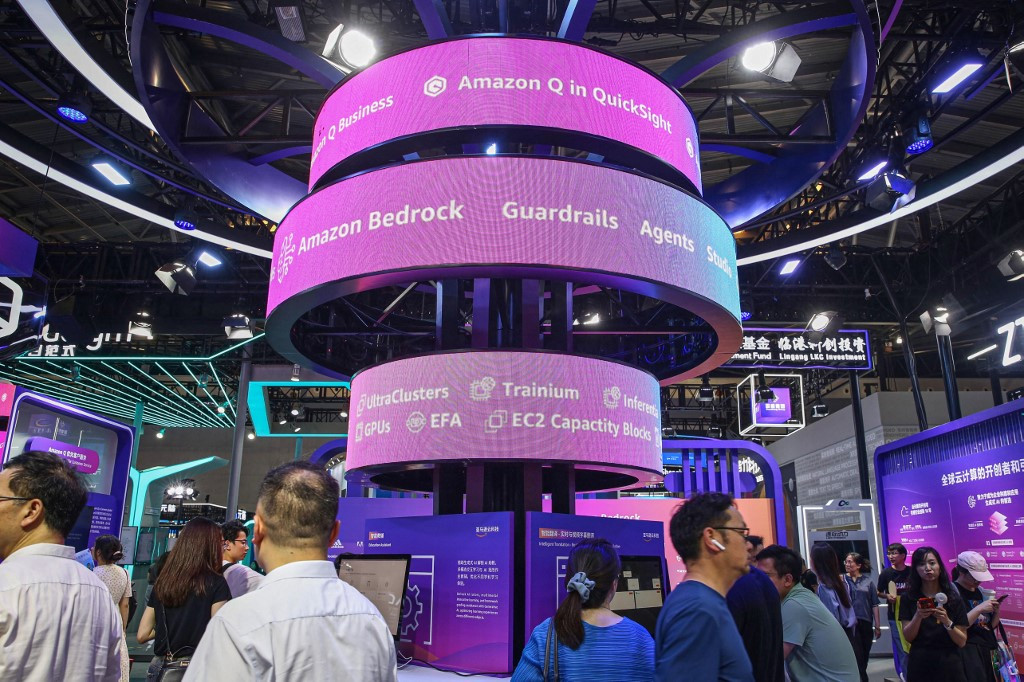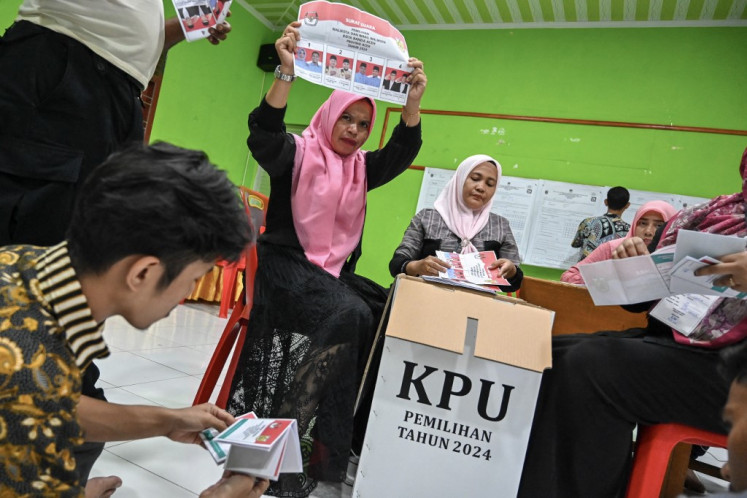Popular Reads
Top Results
Can't find what you're looking for?
View all search resultsPopular Reads
Top Results
Can't find what you're looking for?
View all search resultsHigher education and the AI revolution in business
AI’s greatest potential for value creation lies in its integration into business processes, and the key to innovation is putting academic theory and practical application in the hands of students to solve real-world challenges.
Change text size
Gift Premium Articles
to Anyone
T
he professional future of today’s and tomorrow’s students will be defined by adaptability and openness to change. A core element of success is that theory and practice mutually inform each other.
Artificial intelligence has long been a part of everyday life. It is ingrained in how we find information on the internet, use our mobile phones or discover music and movies that fit our tastes.
And yet, we have barely begun to tap into AI’s greatest potential for value creation: Companies and their employees can make tremendous leaps ahead in terms of competitiveness and productivity by infusing AI in business processes, the thousands of decisions and transactions that create value every day.
Beyond boosting the performance of individual companies, embedding AI in business processes at scale can boost the performance of entire economies. The potential for AI implementation is particularly great in fast-growing countries with significant transformation agendas such as Indonesia, given its openness to digitalization and its young, aspiring population.
Every time I travel to Southeast Asia, I am delighted to meet the growing number of young people passionate about (and capable of!) putting digital technologies to the best possible use for their community and country. It’s clear that great opportunities are waiting to be unlocked by systematically equipping these young, ambitious people with the core skills of the AI age.
In my experience, the most successful approach to modern technology education is to bring theory and practice as closely together as possible.
Gamified learning is one such method. In sophisticated computer simulations, students can steer imaginary companies using real-world business software tools.
As they advance through the “game”, participants gain hands-on experience in solving business challenges, such as sustainability, supply chain resilience and international business expansion. They also develop critical competencies for their success in the economy of the future, including analytical thinking, data storytelling and decision-making skills.
Gamified learning tools are already available free of charge today for universities around the world. Thanks to their fun factor, they speak to a generation that has grown up with digital entertainment and simulation technologies.
A complementary approach is to let students work on elaborate case studies with the same advanced business software and AI tools deployed in the world’s leading companies. Singapore Management University, for example, gives students an opportunity to use real-life business AI tools as part of their curriculum to solve sustainability challenges, such as resource efficiency in agriculture.
Once students are familiar with the basics of modern enterprise software and business AI, the “training wheels” should be taken off. Students profit from getting to know the complex practical challenges industry faces as early and as often as possible; to learn “on the fly” about pain points that can be addressed through AI innovation.
For their part, companies should seek close contact with universities to keep up with the latest developments. They can actively approach universities and offer case studies and practical problems for students to work on.
The goal is for theory and practice to mutually inform each other: Students work on practical problems, professors stay up-to-date on the latest trends in industry, and industry professionals continue their learning journeys through continuous collaboration with educational environments.
Technology campuses, where professors and students research side by side (and in close physical proximity) with established companies as well as start-ups, are fast becoming a key factor in the modern innovation equation.
On the new campus of the Technical University of Munich, for instance, software and AI developers work in the same building and in close cooperation with professors and researchers. And they are just a stone’s throw away from key industrial companies where the latest innovations can be tested in practice.
Bringing theory and practice together is, in so many ways, the key ingredient to success in the innovation age.
When asked about the secret to his career, Hasso Plattner, one of the five individuals who founded SAP, famously replied that he initially had “no clue” about accounting processes, but was open to learning from industry practitioners who did. And that’s how he, together with his partners, programmed the first enterprise software systems.
I firmly believe that the core lesson from his words holds true even more in the age of AI: Educating the next generation in the latest technologies is the first step, but truly great things happen when we let talented young minds hone their skills against the challenges of economic reality.
---
The writer is CEO and a member of the executive board at SAP SE.











